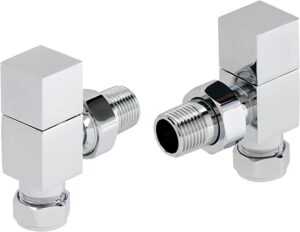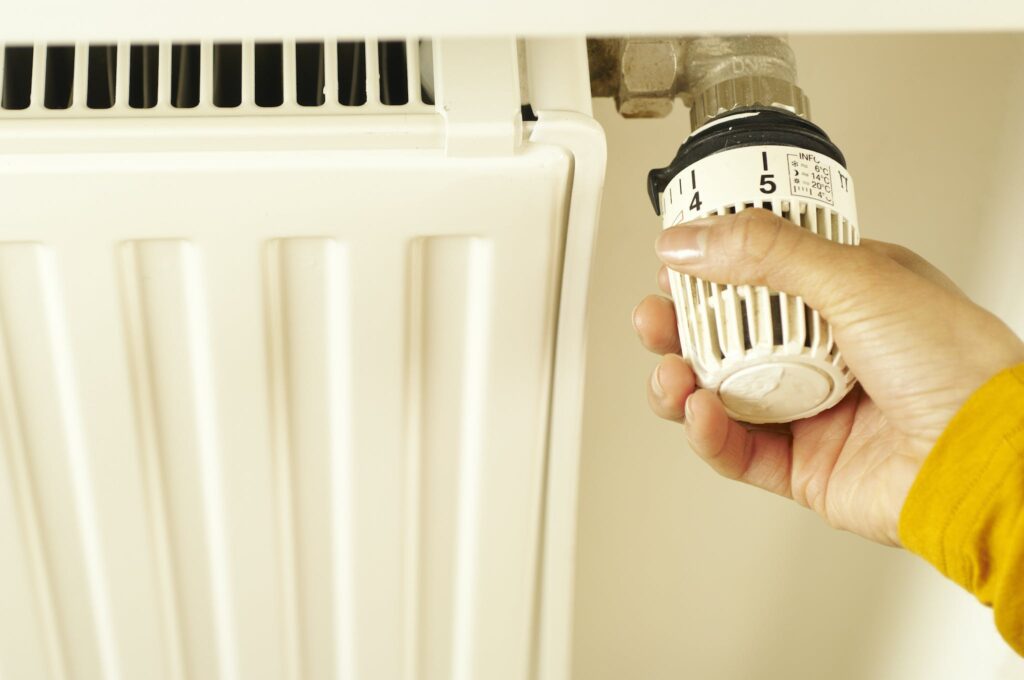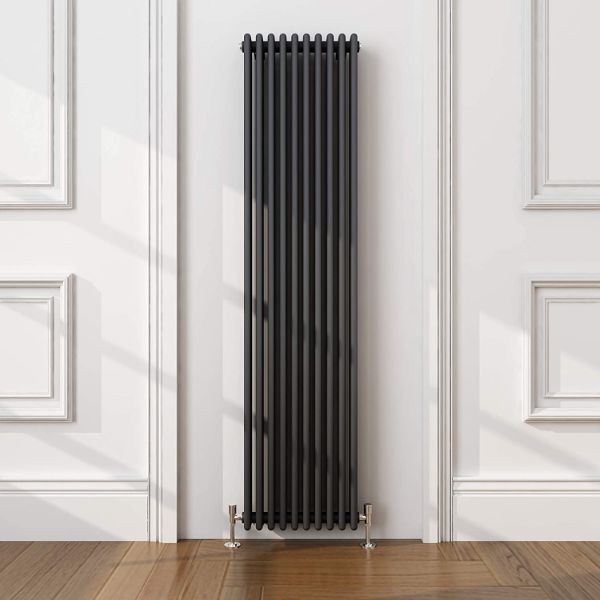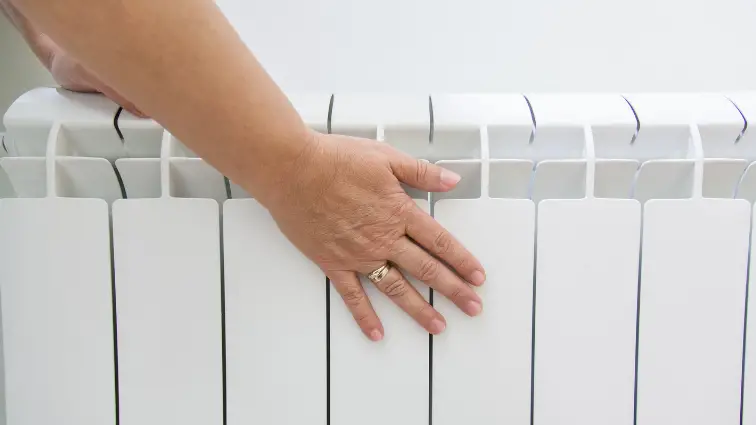Understanding thermostatic radiator valves (TRVs) can lead to better heating control in your home. Each adjustment of the TRV’s dial directs your heating system to respond suitably to the room’s temperature requirements. These valves contribute not only to personal comfort but also to efficient energy use and cost savings.
How Do Thermostatic Valves Work?
Thermostatic valve technology relies on a responsive element within the valve head, typically a wax or liquid, that expands and contracts with temperature changes.
A TRV’s head, responding to room warmth, directly affects a pin in the valve body. This pin’s movement either restricts or permits water flow through the radiator, thereby controlling the heat output.
The numbered dial on the valve head, each number relating to a specific temperature range, allows you to adjust the atmosphere of your space with accuracy—ensuring your personal comfort.
Comparing TRVs and Room Thermostats
A room thermostat senses and adjusts the ambient temperature of a whole area, turning the heating system on or off to keep the temperature steady at the desired level. Its role is centralized, impacting several heating areas, as opposed to individual radiators, like TRVs.

The advantage of room thermostats is in their ability to maintain a uniform climate, which might be a simpler choice for achieving even warmth throughout a space. While TRVs provide detailed control at the level of single radiators, a room thermostat ensures that the temperature throughout the home is more consistent.
A home’s warmth where the temperature is controlled by either of these methods has its own set of benefits.
Manual Vs. Thermostatic Valves
Manual valves are simple on/off devices, allowing either complete water flow or none. Such devices don’t allow for fine-tuned temperature control.


On the other hand, TRVs give users the ability to set a desired temperature range, which can lead to improved comfort and efficiency in each room.
In the debate of manual versus thermostatic valve efficiency, TRVs often come out ahead. They help in cutting down energy use by automatically adjusting to a room’s temperature requirements.
While manual valves may initially appear less expensive, TRVs can lead to reduced energy costs over time, which can result in savings for both homeowners and the environment.
Advantages of TRVs
Acknowledging the greater efficiency of thermostatic radiator valves compared to manual options, we should look at the important benefits they provide in terms of accurate temperature management and reduction in energy use.
TRVs allow for precise adjustments to the heating of individual rooms, utilizing existing warmth and reducing excess consumption of energy. This exact regulation not only makes for a more comfortable environment but also leads to lower heating expenses.
The technical capability of TRVs is in their function of controlling the hot water flow as it relates to the current temperature of a room, which avoids the common problem of over-warming areas that manual valves often cause. The design of TRVs means they constantly adjust, which betters energy use and lowers the carbon output of your household.
As someone who’s mindful of their environmental impact, you’ll value the noticeable decrease in energy use and monetary savings that come with TRVs.
Installation and Setup
Installing thermostatic radiator valves is a straightforward process that typically requires only basic plumbing skills and tools. To ensure you’re among the savvy homeowners who get it right, let’s look at the best practices for TRV installation.
Begin by determining the flow and return pipes to your radiator. The TRV should be installed on the flow pipe to accurately sense the incoming temperature.
Check out our full guide on TRV installation/replacement here >
Ensure the valve body is positioned vertically to allow the internal pin to move freely, which is key for responsive temperature regulation.
For thermostatic valve troubleshooting, keep in mind that the valve head mustn’t be obstructed, as this can impair its ability to sense temperature.
A properly installed TRV provides precise control, enabling you to enjoy your space with the ideal heat level.
Exploring Smart TRV Features
Generally speaking, the best smart TRVs allow for precise temperature management in individual rooms featuring remote access, programmable settings, and detailed analytics of heating patterns. These devices integrate with various home automation systems, promoting energy efficiency and customized comfort.

The advantages of being able to control your heating system from any location using a smartphone or tablet are significant. This convenience also includes the ability to set up heating schedules that match your daily and weekly activities, helping to reduce unnecessary energy use. Insightful analytics on heating usage enable you to adjust your habits toward more sustainable living.






